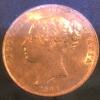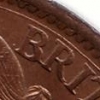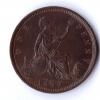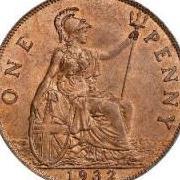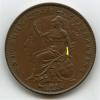I know it's common for people (dealers, eBay sellers) to misattribute the tides on 1895, 1897, 1902, but I'm looking at the NGC slabbed offerings, and they often seem off. I'm not wrong am I, that these two 1897 labelled as High Tide aren't actually high tide?
https://www.ebay.com/itm/186136288294
https://www.ebay.com/itm/232339243134
It rather muddies the waters more if every available slabbed "High Tide" isn't, (or Low Tide for 1902), and lends credence to every other seller thinking they also have the rarer tide. The damage NGC does is infuriating, doubly so as they're raking in so much, while throwing fuel in this fire. They need to work a bit on earning expertise credentials.
 Coinpublications.com
Coinpublications.com

